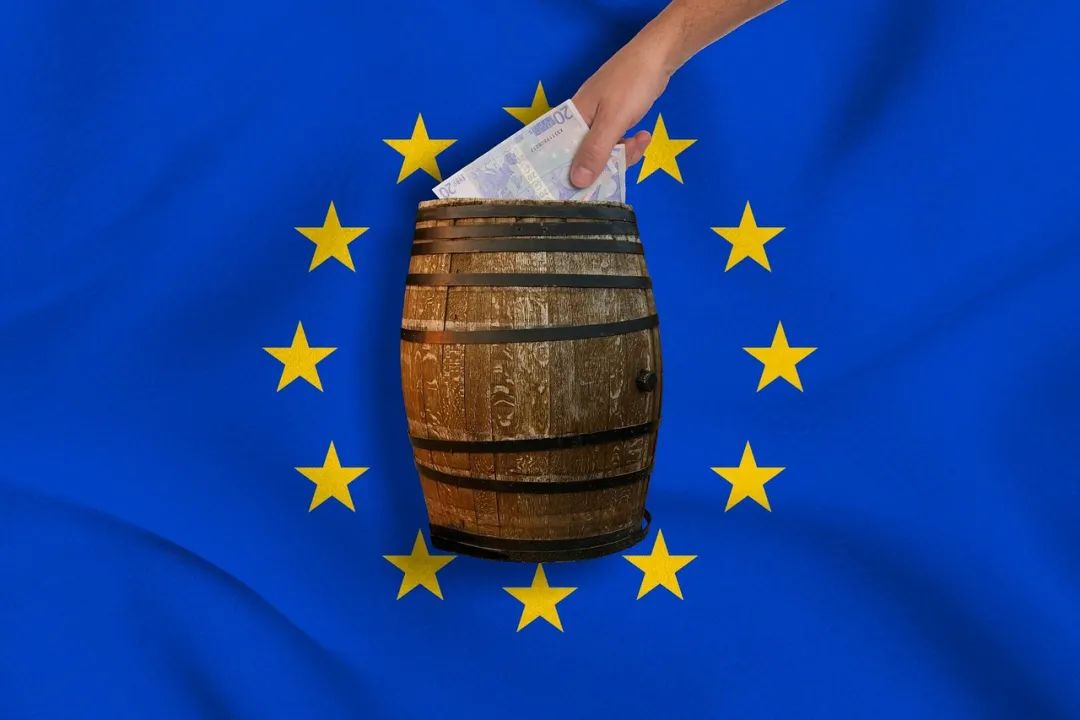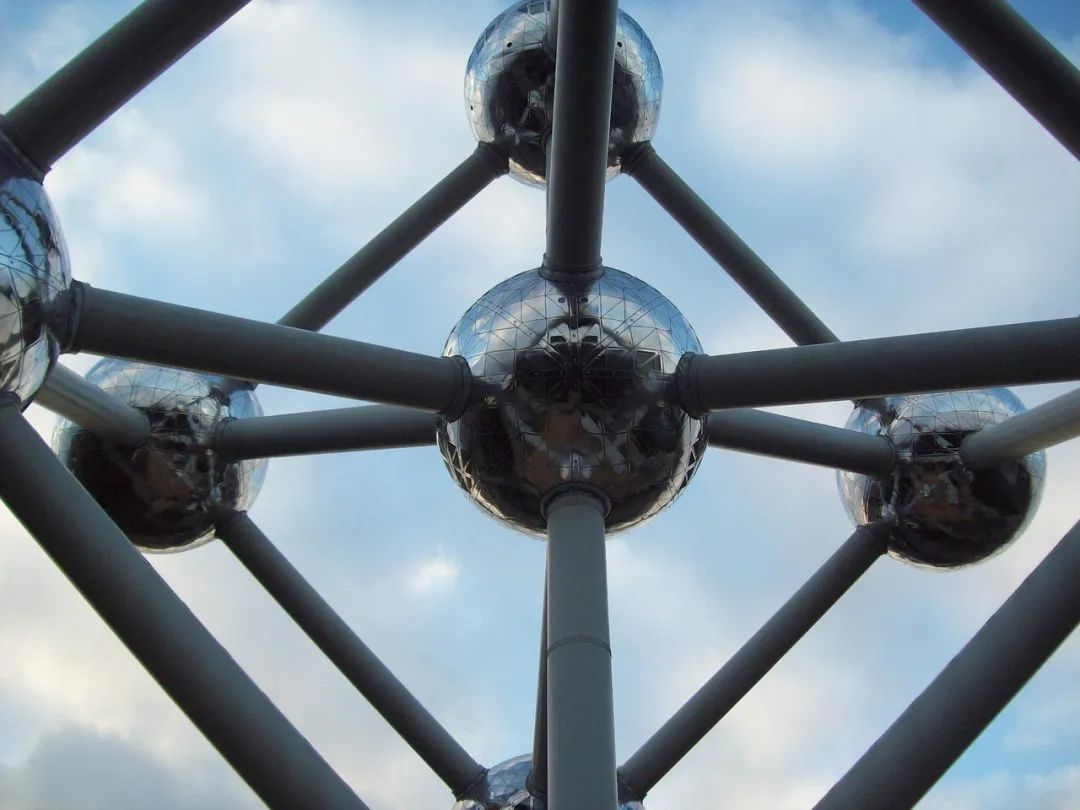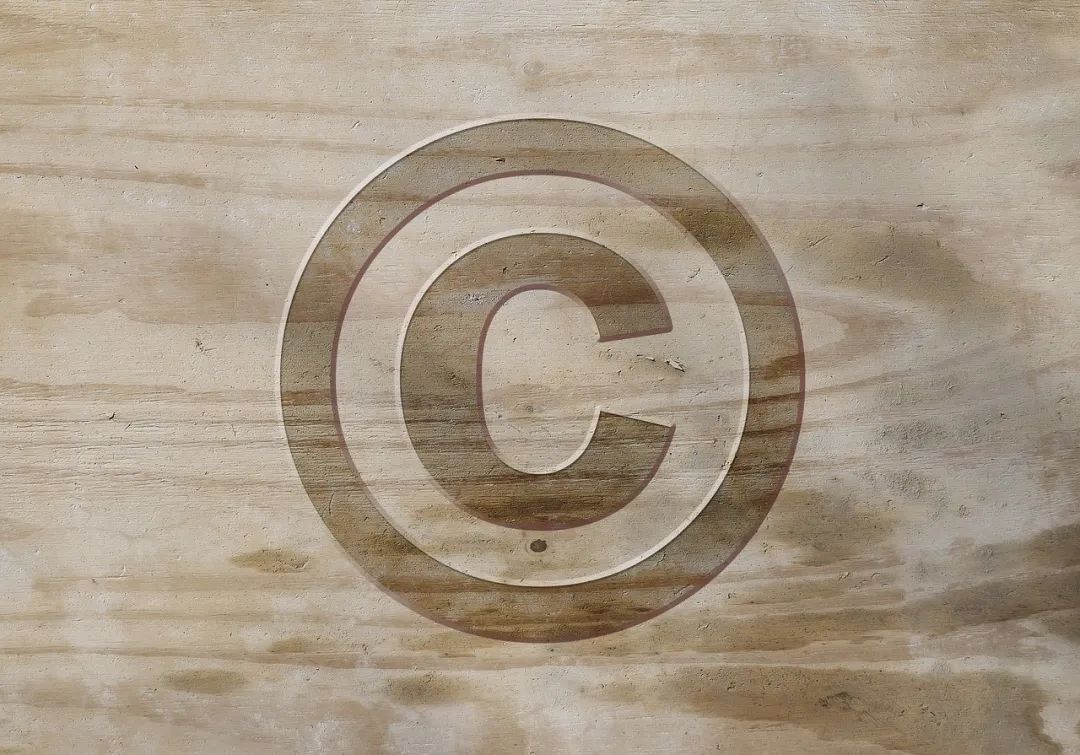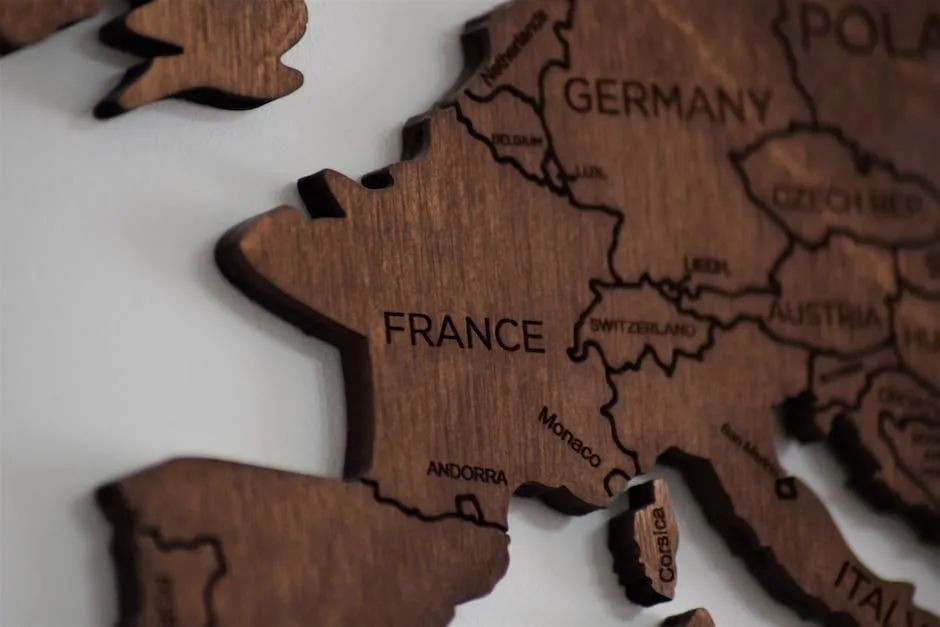
A meeting of the Belgian Government, the European Patent Office and the European Commission on 17 November provided first-hand information on the new patent system, which is expected to come into force on 1 April 2023. In accordance with the implementation roadmap recently published by the Unified Patent Court (UPC), the EPO has decided to adjust the start date of its transitional measures to January 1, 2023. From that date, patent applicants can file a single effect request in advance and request a delay in the publication of a decision granting a European patent. These two measures were introduced to support the early adoption of a single patent by users.

What is a single patent?
The European patent with a single effect or uniform effect is also known as the single patent or unitary patent, which as a mechanism to unify and simplify the protection of patents in the EU countries is unified in a sense, because it is a single patent, examined by only one Patent Office in one language, only to pay an annual fee, and can be protected in all participating countries.
A single Patent is one of the most important components of the Unitary Patent Protection (UPP) system, which also includes the Unified Patent Court (UPC), the Unified Patent Court (UPC), and the Unified Patent Court (UPC). It has exclusive jurisdiction over matters with a single patent (such as infringement, invalidity, etc.), and its decisions are valid in all participating States, in other words, its jurisdiction covers all participating States.
Which countries/regions are covered by the unitary patent?
First, unlike the European Patent Office (EPO), which is not legally and institutionally dependent on the European Union (EU), the Single Patent protection system is directly related to the EU, but it does not cover all European countries, but only the member states of the EU. Therefore, countries such as Switzerland, Norway and Turkey (within the scope of the EPO Convention, but not members of the EU) are not participating in the project. The United Kingdom initially approved the project, but it has since left the European Union, so it will not participate in the project.
In addition, the system does not yet cover all EU countries, with Spain, Poland and Croatia wanting to stay out of the system for the time being for various reasons, while other EU countries (24) have expressed an interest in joining, but some of them have not yet completed all the necessary legal steps to do so. In fact, only 16 countries have ratified and deposited the legal instruments required for accession to the system (i.e., Austria, Belgium, Bulgaria, Denmark, France, Sweden, Malta, Luxembourg, Portugal, Finland, the Netherlands, Italy, Estonia, Lithuania, Latvia and Slovenia), and Germany is about to join the system. However, some of these 24 countries, such as Hungary and the Czech Republic, do not appear to be joining the system in the short or medium term due to legislative or governmental reasons.
This is why the unitary patent is far from covering all of Europe, and the exclusion of populous countries such as Spain and Poland from the unitary patent system is already a disadvantage, a disadvantage made worse by Brexit and therefore the withdrawal of the United Kingdom from the unitary patent system. In other words, some important European countries do not participate in the unitary patent system, and to obtain patent protection in these countries, it is necessary to apply for a national patent separately or through the traditional European patent validation process, which reduces the benefits and incentives to request a unitary patent. However, it is still an attractive option for patent applicants based on the country in which they are interested in protecting their patents.

Who can apply for a single patent?
As with the current European patent application system, any patentee (or his agent) may request registration of a single patent without the requirement that the patentee (or his agent) be a national or resident of a country participating in the single patent system. In other words, for example, any Spanish patent owner may request registration of a single patent even if Spain is not a participating State in the unitary patent. Similarly, a European Patent attorney in Spain can request registration of a single patent on behalf of any patentee in exactly the same way as a European patent attorney from a country participating in the single patent system.
How to request registration of a single patent?
Unitary patents are examined in the same way as traditional European patents, which follow the rules of the European Patent Convention (EPC). In other words, an application can be filed and examined at the European Patent Office. In fact, the unitary patent does not differ in any way from the current European patent system before the grant procedure.
After a European patent application has been granted (i.e. after the notice of grant), the patentee (or his agent) may request registration of the granted patent as a single patent to the EPO within a period of one month (at which time the EPO will provide a special form).
If the patent of the grant notice is in German or French, the document applying for a single patent must include an English translation of the grant patent; If the patent for the authorized publication is in English, the patent for the authorized publication must be translated into one of the official languages of the European Union (since the patent has been granted under the EPO rules, the patent for the authorized publication must be one of the official languages of the EPO: English, French or German).
If a single effect has been applied for within the one-month period, but there are defects in the application (for example, a translated text is not attached), the EPO will issue a notice giving the applicant an additional period to correct the defect, which provides additional time for the collation and submission of the translated text, which is very useful in some cases as a one-month preparation period is shorter.

Are there any transitional measures to be considered before the unitary patent system comes into force?
The EPO will implement two transitional measures to facilitate unitary effect claims by European patents granted (or to be granted) prior to the entry into force of the unitary patent system, namely:
1. Single effect applies to advance request;
2. Apply for delayed authorization notice.
Both measures can be introduced from the date of deposit of the ratification of the Agreement on the Unitary Patent Court in Germany (which will trigger the entry into force of the unitary patent system within 3-4 months) and only apply to patents for which the EPO has issued a notice of intention to grant (the applicant has 4 months to submit a response to grant the text of the patent to be granted, translate the claims and pay the corresponding fee). For the subsequent grant of patent rights and publication).
1. Single effect applies to advance request
This measure allows the application of a single effect request before the entry into force of the unitary patent system and before the notice of the European Patent Grant, the EPO will keep the request and automatically register it as a single effect patent after the entry into force of the system and the publication of the patent grant (which is a prerequisite for the registration of a single effect patent) and notify the patentee of the date of registration of the single effect patent.
An advance request for the application of the single effect can only be made before the entry into force of the single patent system, and after the entry into force of the single effect patent can only be filed after the notice of the European Patent grant.
2. Apply for delayed authorization notice
This measure allows the applicant to request a delay in the notice of grant of a European patent, and upon receipt of the request (if the required requirements are met), the EPO will delay the notice of grant so that the patent will not be granted until after the unitary patent system has entered into force and will therefore be able to request that the patent be applied for unitary effect (because if the notice of grant occurs before the date of entry into force of the system, the application of unitary effect will be unitary.) Then the patent is no longer applicable to the single effect patent).
The request to delay the notice of grant must be made before (or at the same time) the patent applicant approves the text of the grant of the patent (the approval is a response to the notice of intent to grant).
The above request to delay the notice of grant can only be made before the effective date of the unitary patent system (after which the notice of grant will be made in accordance with the usual procedure and schedule). In addition, the request for delayed authorization announcement can be combined with the request for advance application of a single effect; In this case, the notice of authorization will be delayed until after the system has entered into force, and once it has been published, the EPO will automatically register the patent as a single effect patent.

What is the annual fee for a single valid patent?
For patents with a single effect, only one annual fee is payable (i.e. no separate annual fee is payable in each country in which the single patent is valid), which is payable to the European Patent Office for the entire life of the patent (whereas traditional European patents pay an annual fee to the European Patent Office only before the patent is granted and separately to the country in which it is granted).
The EPO will receive part of the annual fee and the remainder will be distributed to the participating States of the single patent. The annual fee amount is based on the 2015 TOP4 standard and consists of the sum of the annual fees corresponding to the four countries in which most European patents are valid in 2015 (i.e., Germany, France, the Netherlands and the United Kingdom).
Since the annual fee for a single patent is equal to the sum of the annual fees in four specific countries, the annual fee payable for a single patent is much lower than the total annual fee payable for all countries where a single patent is valid. However, whether a single patent is advantageous (only in terms of annual fees) depends on the number of countries in which the patentee wants to protect the patent for his invention. In general, if he wishes to obtain patent protection in less than five countries, he will need to pay a single patent annual fee higher than the total annual fee required to be effective in these countries alone; If you want to obtain patent protection in more than five countries, the annual fee for a single patent will be less than the total annual fee required to be effective in these countries alone. This is therefore a factor to be taken into account when choosing whether to apply a single patent or opt for a European patent to be valid separately in each country.
What are the benefits of a single patent?
A European patent with unitary effect has the same effect in all participating countries as the national patent of that country (including for the prevention of infringement), the only difference being that unitary patent litigation is not under the jurisdiction of the national court of the participating country, but rather under the jurisdiction of the Unitary Patent Court (UPC).

As mentioned above, some EU countries are not participating countries at the time of entry into force of the unitary patent system, but will subsequently become participating countries (after ratification and deposit of the relevant legal instruments). The question then is: if the number of countries participating in the unitary patent system has increased over time, how can we know in which countries the unitary patent is valid? Will the geographical scope of the protection of a single patent also expand with the number of participating countries?
The answer is no, the countries in which a particular unitary patent is valid remain the same throughout, i.e., those participating in the unitary patent system at the date of registration of the unitary effect. Even if more countries join the unitary patent system, the scope of protection of the unitary patent will not be extended during the life of the patent.
For example, if Ireland joins the unitary patent system on 25 March 2023, patents registered as unitary effect on or before 24 March 2023 (after, of course, the patent is granted and the application of unitary effect is requested) will never be effective in Ireland. If the European patent is to be protected in Ireland, the traditional European patent validation procedure must be completed in Ireland.
To avoid confusion, when registering a single effect, a list of countries in which a single patent is valid is automatically included, so that the applicant can be clear in which countries the patent is valid and in which countries it is not (if the applicant wants the patent to be protected in a country without a single effect, it must be validated separately).